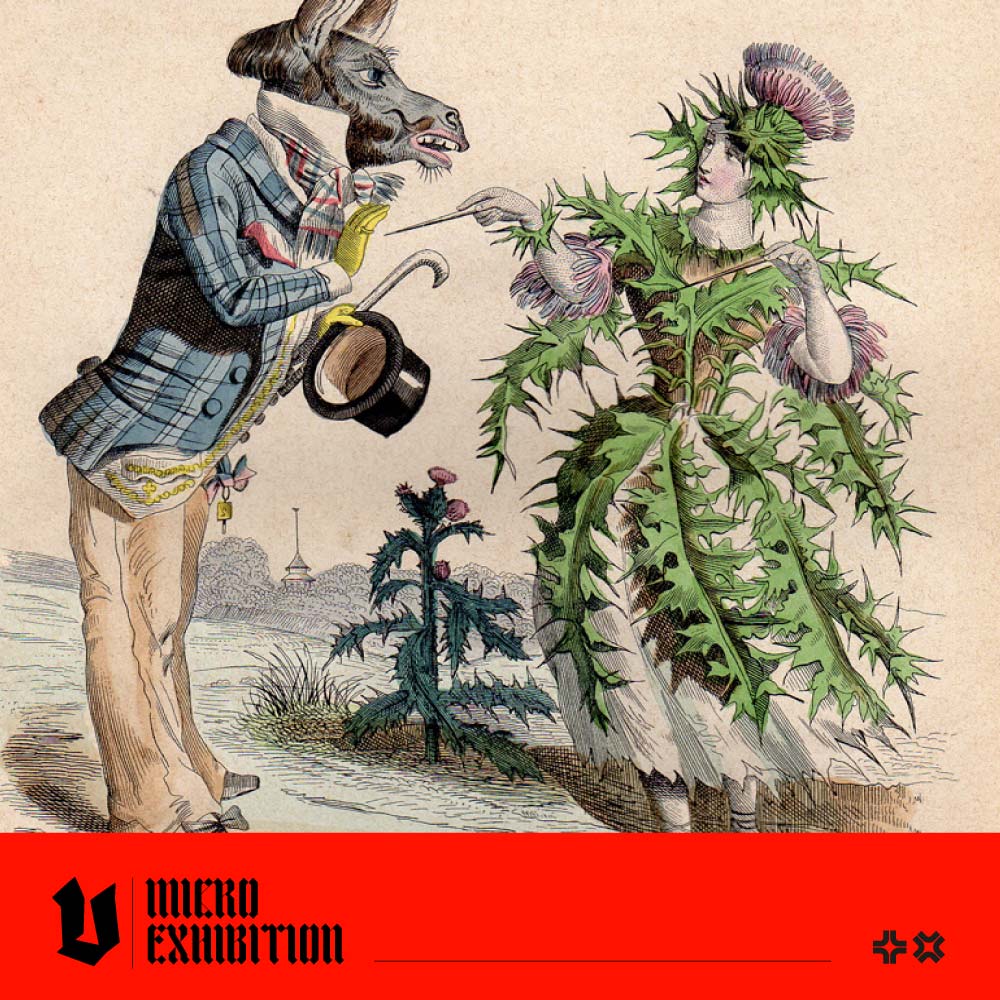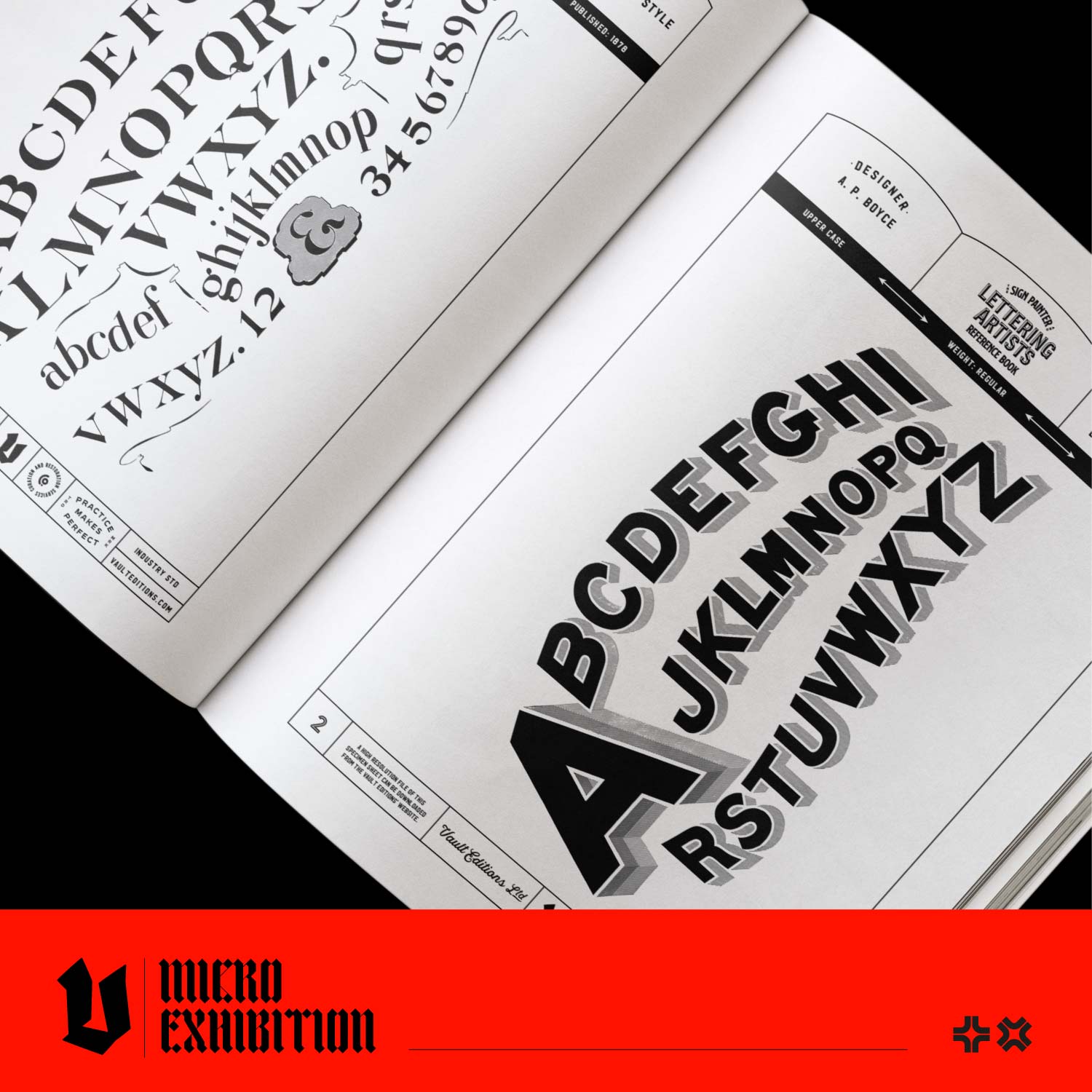Harnessing Personification to Enrich Artistic Expression
Personification, the artistic device of attributing human characteristics to non-human entities, has been a powerful tool for artists throughout history. This technique not only adds depth and meaning to the artwork but also engages viewers by allowing them to connect with the subjects on a human level. Through the lens of personification, artists can explore abstract concepts and emotions, creating a rich tapestry of narrative and symbolism. Read on to find out how to incorporate personification into your work: let's go!
Here are some ways to use personification to enrich art and convey deeper meaning:
Embodiment of emotions: Artists can depict nature or abstract concepts as human characters experiencing emotions. For example, they might paint a stormy sky as an angry, brooding figure to evoke feelings of tension or unease.
Interaction with the environment: By portraying non-human elements as active participants, artists can create dynamic interactions between various components within the artwork, such as trees dancing in the wind or city buildings engaging in conversations.
Conveying messages and metaphors: Artists can use personification to communicate complex ideas, moral lessons, or political messages. For instance, they might depict a polluted river as a suffering human figure, urging viewers to contemplate the consequences of environmental negligence.
Evoking empathy: Artists can evoke empathy in their audience by attributing human-like qualities to objects or creatures. For example, portraying an endangered species as a vulnerable child can make viewers more emotionally invested in the subject matter.
Creating surreal or dreamlike scenarios: Personification can introduce elements of fantasy or surrealism into an artwork, inviting viewers to engage with the piece subconsciously. This might involve representing abstract concepts, such as time or memory, as human characters.
Historical Examples of Personification in Art
One striking historical example of personification in art is the "Personification of Flowers" series. In this series, flowers are depicted as human figures, each embodying the characteristics and symbolism traditionally associated with the flower. A notable piece from this series is 'Woman as Milk Thistle'.
Woman as Milk Thistle by J. J. Grandville
In 'Woman as Milk Thistle,' the artist presents a woman who embodies the qualities of the milk thistle plant. The milk thistle, known for its resilience and healing properties, is represented through a female figure exuding strength and grace. Her posture is firm, yet her expression is nurturing, symbolizing the dual nature of the plant – its ability to protect and heal. This personification allows the viewer to perceive the plant's attributes in a humanised form, making its symbolic meanings more accessible and relatable.
The Four Seasons by Giuseppe Arcimboldo
Giuseppe Arcimboldo's 'The Four Seasons' series is an excellent example of personification. Each season is represented as a human figure composed of elements associated with that time of year. For instance, "Summer" is depicted with fruits and vegetables forming the facial features, hair made of wheat, and a body composed of summer produce. This creative personification allows viewers to see the seasons as dynamic characters, each with their own personality and essence.
The Statue of Liberty by Frédéric Auguste Bartholdi
The Statue of Liberty is a monumental example of personification in public art. This iconic statue embodies the abstract concept of liberty and freedom, presenting it as a towering female figure. Her torch represents enlightenment, while the broken chains at her feet symbolize the end of oppression. Through this personification, the statue was designed as a powerful symbol of hope and democracy.

Exercises to Help You Explore Personification in Art
To help you integrate personification into your work, here are some actionable exercises you can try today:
- Object as a Character: Choose an inanimate object that holds personal significance or is rich in symbolic meaning. Sketch or paint this object as a human character, focusing on how its qualities can be represented through human features and expressions.
- Emotion as a Figure: Pick an abstract emotion, such as joy, sorrow, or anger. Create a visual representation of this emotion as a human figure, thinking about how body language, facial expressions, and colours can convey its essence.
- Nature's Persona: Select an element from nature – a tree, river, mountain, or flower. Personify this element in a way that reflects its natural characteristics and symbolic associations. Consider how this personification can tell a story or convey a message about the natural world.
- Historical Context: Research a historical event or figure and personify a related concept (e.g., personifying "Victory" in the context of a significant battle). This exercise helps to understand how personification can be used to convey complex historical narratives and emotions.
Personification is a timeless technique that enriches artistic expression by bridging the gap between the abstract and the tangible. By imbuing objects, emotions, and natural elements with human traits, artists can create compelling, relatable works that resonate on a deeper level with their audience. By familiarising yourself with these exercises, you can explore the endless possibilities of personification, adding new dimensions to your creative endeavours. Why not try incorporating it into your next project?




